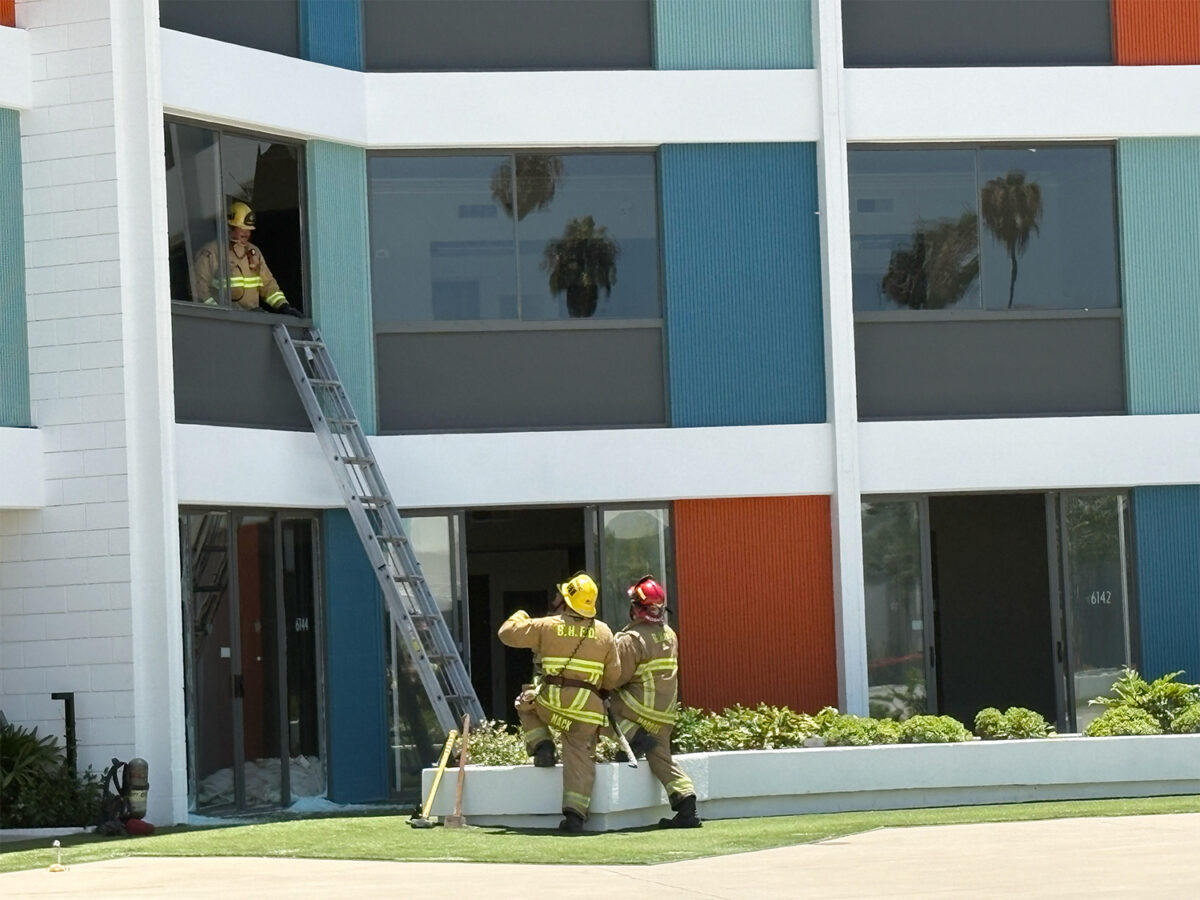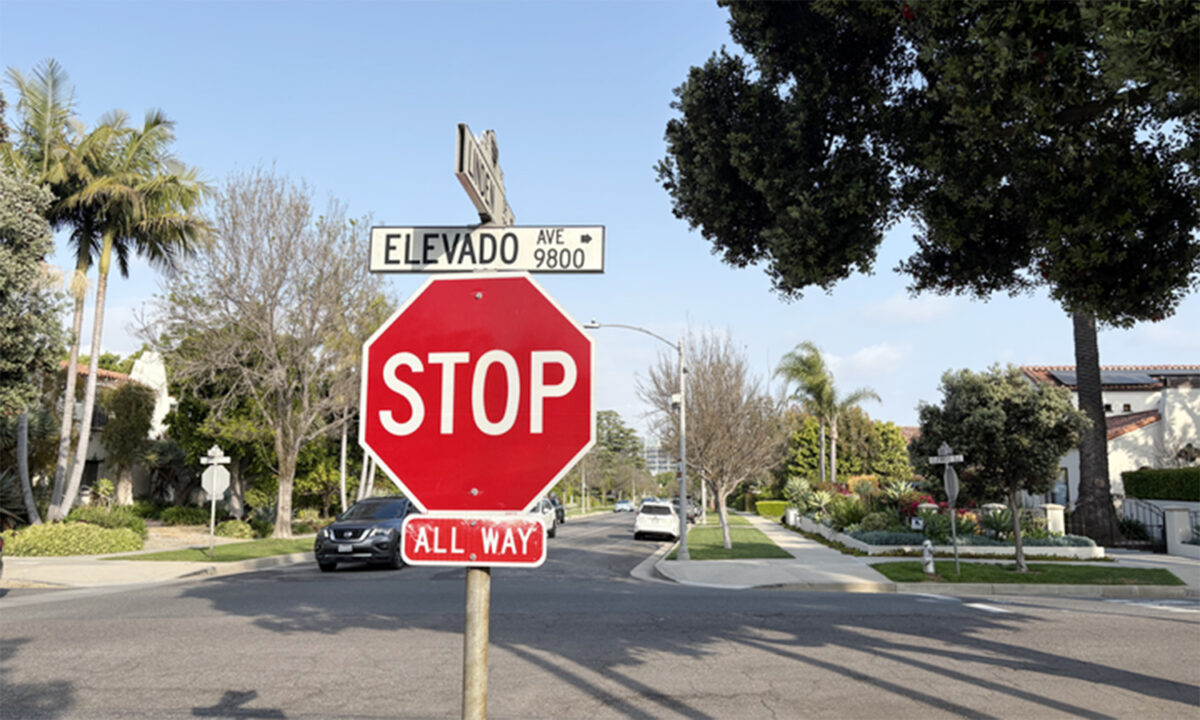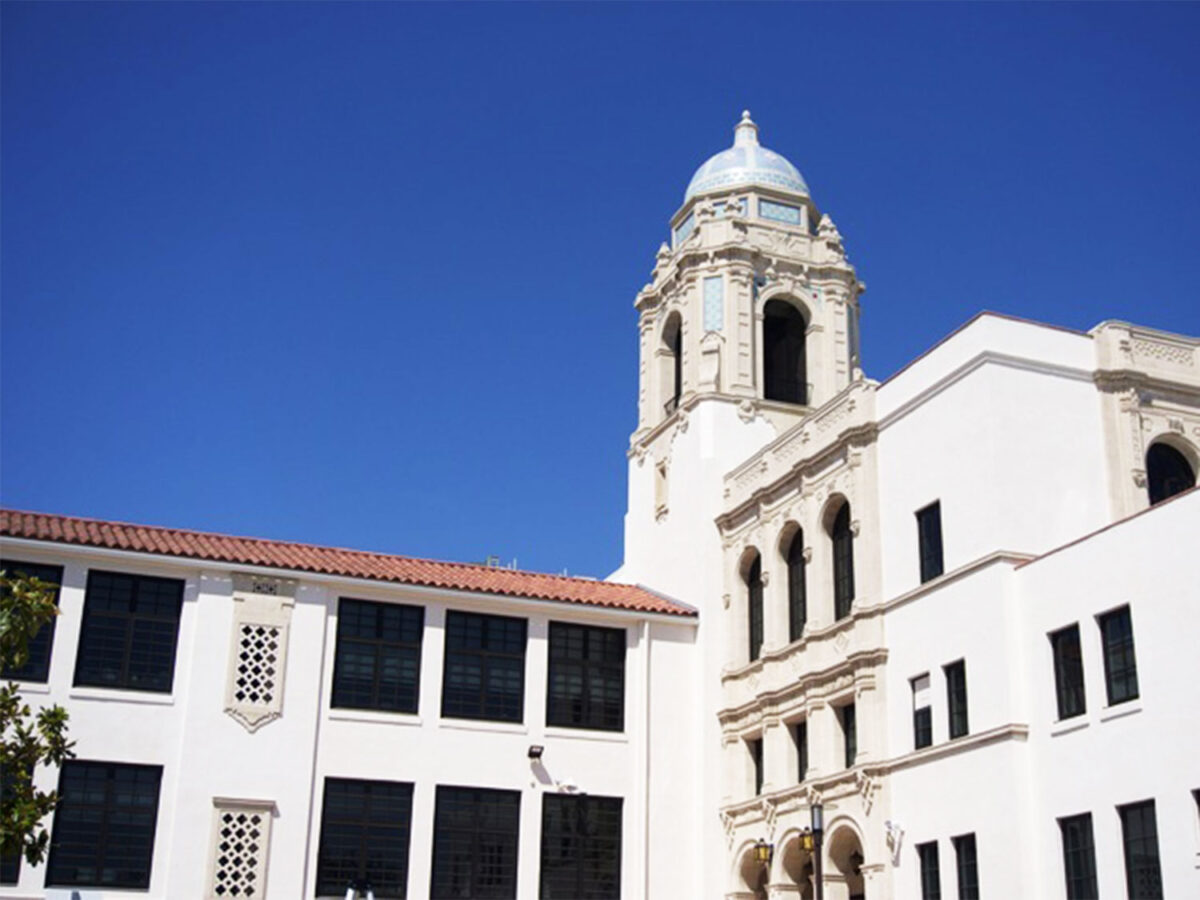Developers of Builder’s Remedy projects in Beverly Hills may soon have the option of streamlining their approval process in exchange for scaling back their developments.
The Beverly Hills Planning Commission on May 5 voted unanimously to adopt a draft resolution of a ministerial permit process, and to recommend that the City Council adopt it.
The ministerial permit process would allow Builder’s Remedy developers to skip a discretionary review, which can take six to 12 months, provided they adhere to building standards set by the city.
“There are a lot of limitations of what we as the Planning Commission, as a city can do to restrict or constrict [Builder’s remedy projects],” said Commissioner Lou Milkowski. “The ministerial process … only helps us. It’s a tradeoff of a larger project for a smaller project in exchange for expediting the process.”
The ministerial permit process was proposed in response to the 14 Builder’s Remedy projects currently under consideration by the city. Submitted when the city did not have an approved housing element in place, the projects rely on a state law that allows developers to sidestep certain local development codes in exchange for providing affordable housing units.
Many Builder’s Remedy projects are out of sync with standard zoning regulations in the city and have come under fire by some Beverly Hills residents and officials who believe they do not match the scale or scope of other local buildings.
To mitigate the effects of Builder’s Remedy projects, the City Council discussed the possibility of the ministerial permit process on Jan. 28. In addition to sidestepping lengthy review processes and fines, the ministerial process also allows developers to skip public hearings and a review under the California Environmental Quality Act.
In exchange, developers are required to meet certain standards that would limit the size, height, density and other facets of their projects.
On March 27, the Planning Commission heard recommendations for those standards drafted by city staff. They include limiting the height of buildings to 85 feet, restricting visibility for overlooking residential areas and prohibitions on late-night use of outdoor common areas and amplified sound.
At the May 5 meeting, the commission reviewed a revised set of recommendations that incorporated feedback from the March 27 meeting.
During discussion, commissioners expressed general support for the ministerial permit process, noting that they have little control over Builder’s Remedy projects otherwise.
However, the ministerial permit process is not without its detractors. UNITE HERE Local 11, a union representing hospitality workers and other labor groups, opposes the ministerial permit process as it currently stands, claiming that it allows hoteliers to take advantage of an ordinance designed to provide more affordable housing and instead develop hotels.
“As currently proposed, there is a loophole that allows developers to potentially build a hotel while still receiving this ministerial approval,” Jonah Breslow, a research analyst for the union, said at the May 5 meeting. “Closing this loophole is important to ensure that the ordinance is used to accomplish its purpose, which is to streamline the approval of affordable housing while not undermined the city’s oversight of new hotel developments.”
The union has launched a letter-writing campaign directed at the Planning Commission asking that they ensure developers cannot use the ministerial process to build hotels.
During discussion on May 5, city staff noted that only two of the 14 Builder’s Remedy projects currently include hotels.
In the final comment period of the meeting, Commissioner Gary Ross said he believes the ministerial permit process will be mutually beneficial.
“I think it’s equal parts benefits to us as a city to get these projects streamlined and to add to our [housing] numbers, and an advantage to the applicant to avoid the pitfalls and delays and expenses,” he said.
The draft resolution will now go to the City Council for consideration.







